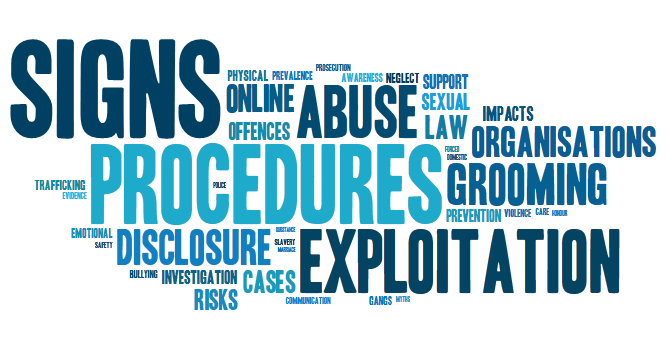
Healing and Recovery: Stories of Survival and Strength
July 22, 2024Understanding the Signs of Sexual Exploitation
Introduction
Sexual exploitation is a grievous crime that affects countless individuals worldwide. Recognizing the signs of sexual exploitation can be challenging, but it is crucial for prevention and support. In this blog, we will educate readers on the signs of sexual exploitation and provide actionable trafficking prevention tips.
Recognizing the Signs of Sexual Exploitation
Physical Indicators
1. Unexplained Injuries: Frequent bruises, cuts, or burns that the individual cannot explain or tries to cover up.
2. Poor Hygiene: Neglect of personal hygiene or a significant change in appearance.
3. Substance Abuse: Sudden or increased use of drugs or alcohol, which might be used to control the victim.
Behavioral Indicators
1. Changes in Behavior: Sudden withdrawal from friends and family, changes in mood, or increased secrecy.
2. Absenteeism: Frequent absence from school, work, or social activities without a valid reason.
3. Fear and Anxiety: Displaying signs of fear, anxiety, or depression, especially around certain individuals or in specific situations.
Social Indicators
1. Isolation: The individual is often isolated or controlled by someone else, preventing them from making their own decisions. 2. New Relationships: Sudden friendships or romantic relationships with individuals who are significantly older or seem controlling. 3. Financial Control: Lack of access to personal finances or possessions, with someone else controlling their money.
Trafficking Prevention Tips
Educate and Raise Awareness
1. Community Education: Conduct workshops and seminars to educate the community about the signs of sexual exploitation and trafficking.
2. Online Awareness: Utilize social media platforms to share information and resources about prevention and recognition.
Support and Empowerment
1. Support Networks: Create or join support groups for victims and survivors to provide a safe space for sharing and healing.
2. Empower Victims: Provide resources and support to help victims regain control over their lives, such as job training and educational opportunities.
Policy and Advocacy
1. Advocate for Stronger Laws: Support legislation that strengthens penalties for traffickers and provides better support for victims.
2. Collaborate with Organizations: Partner with local and national organizations dedicated to fighting sexual exploitation and trafficking.

